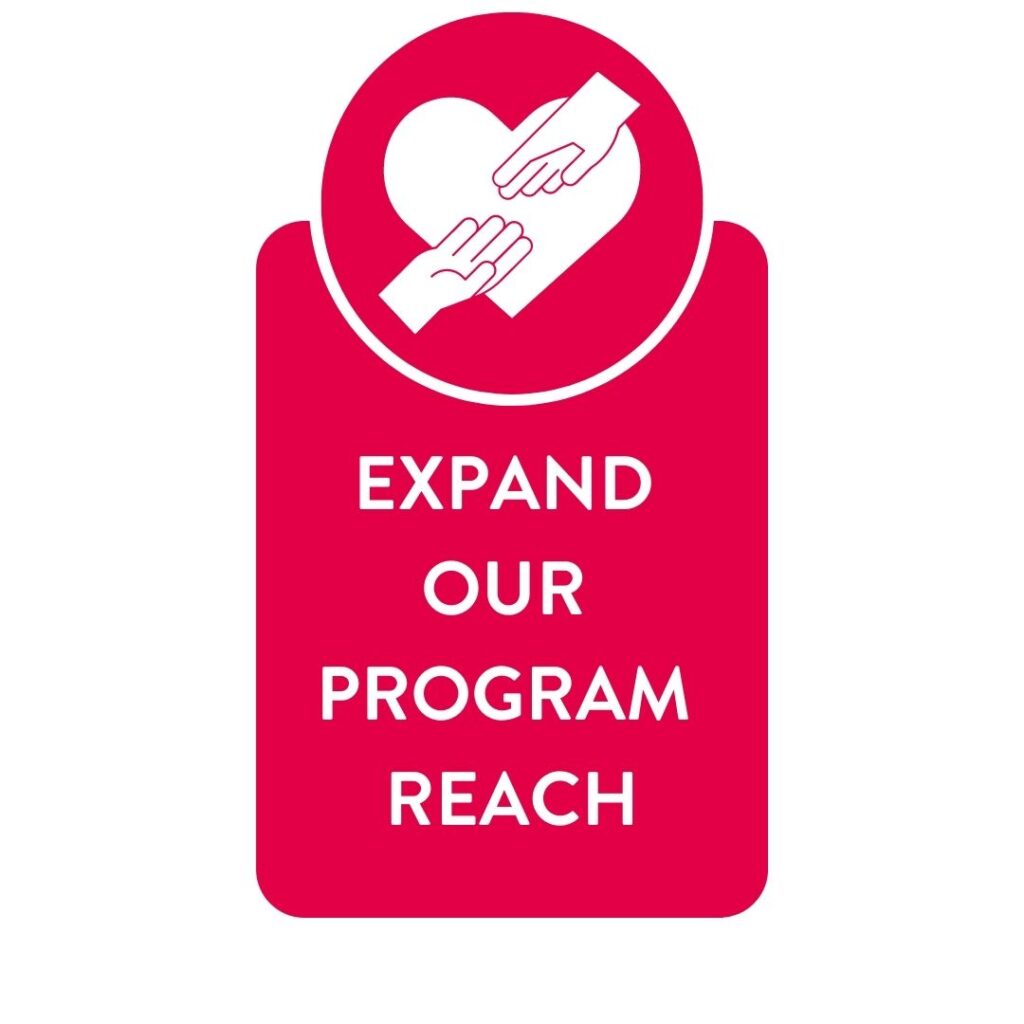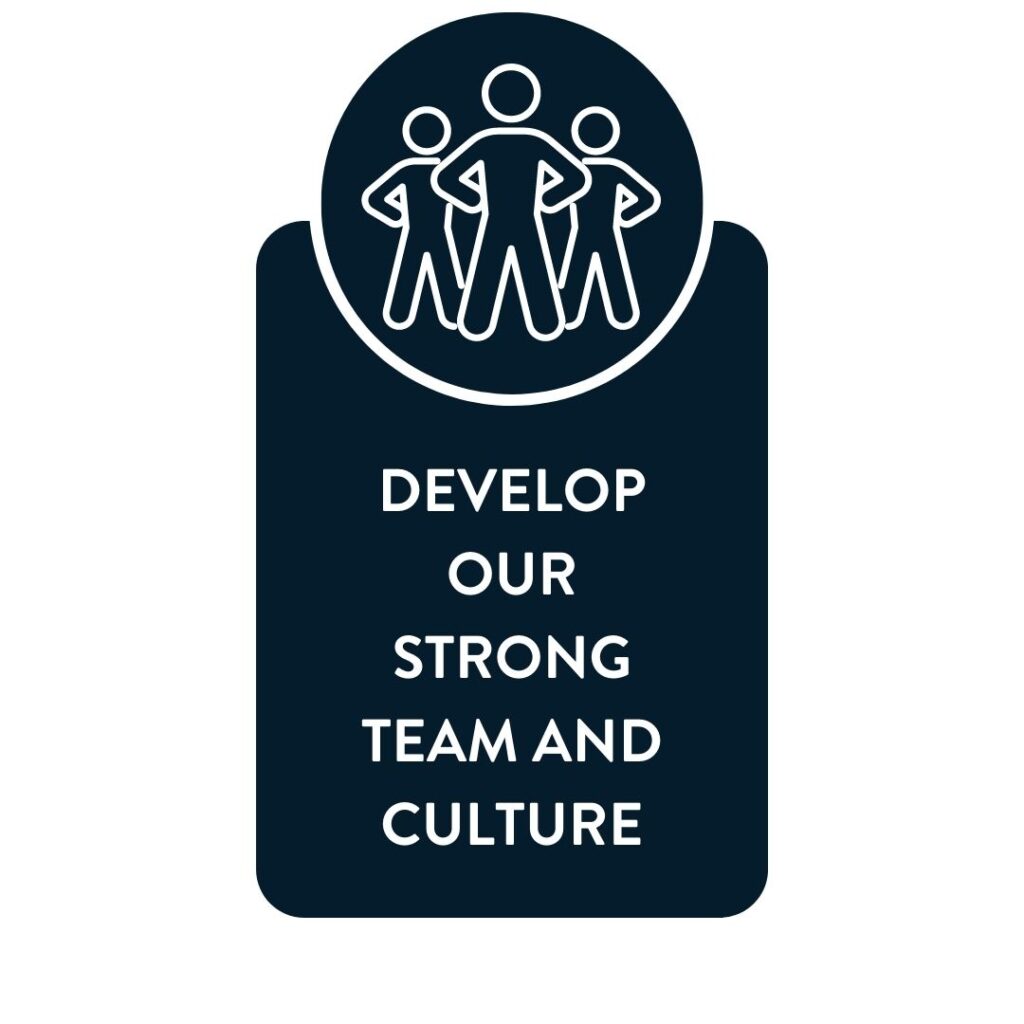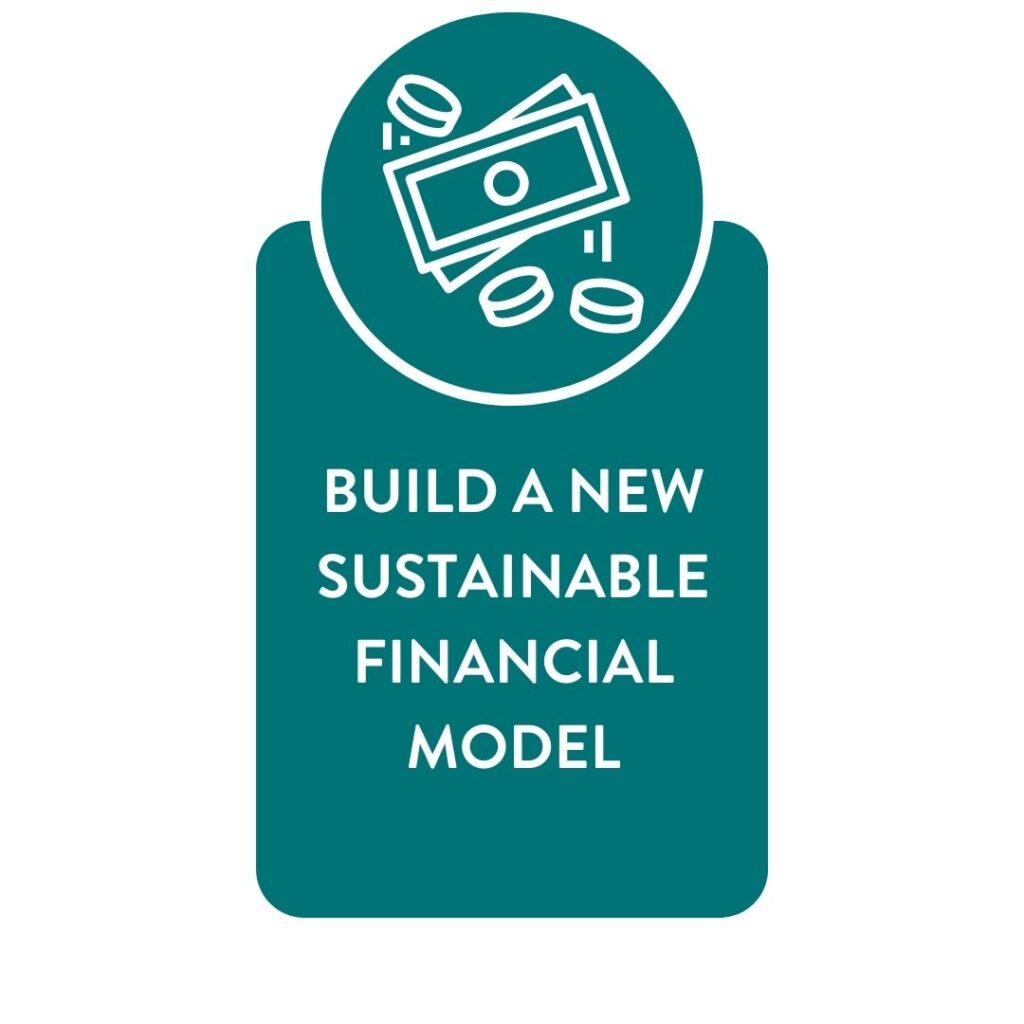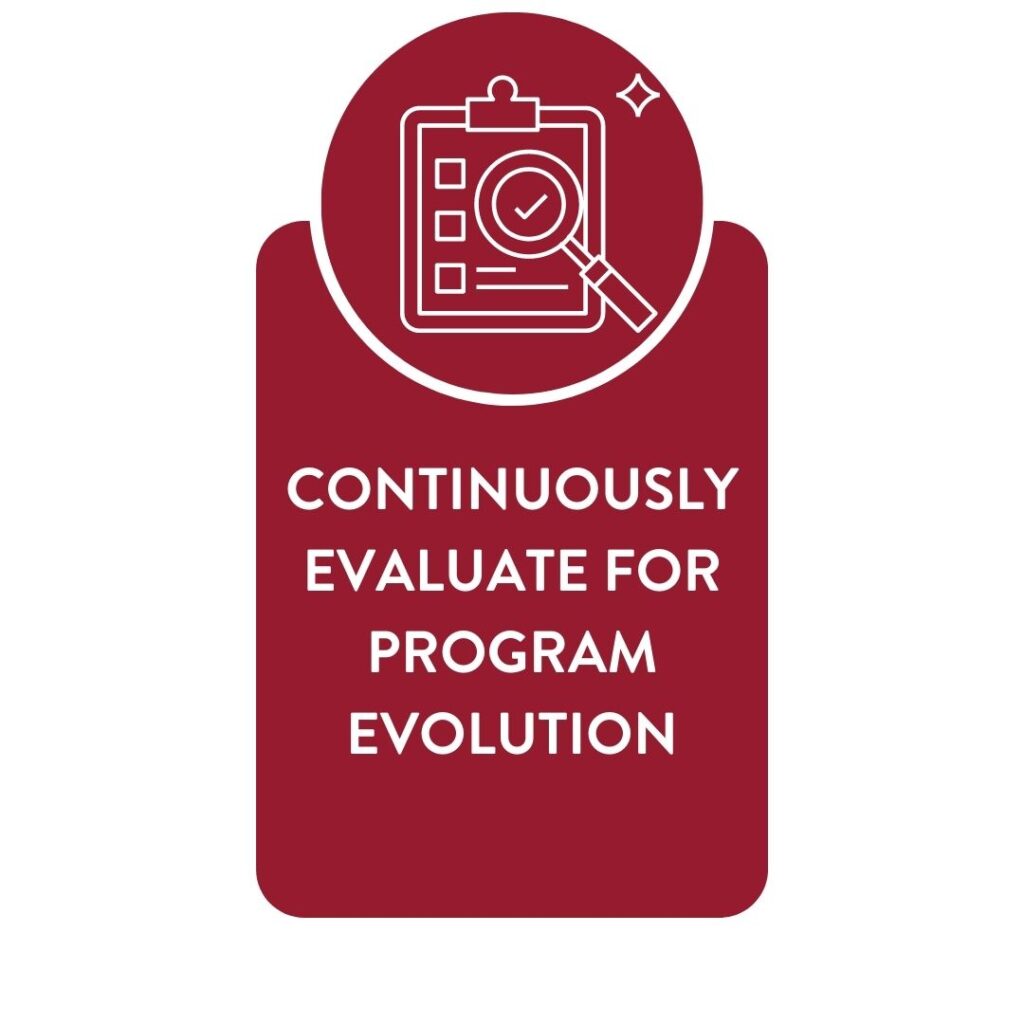Strategic Plan
2022-2025
A strategic plan outlines an organization’s long-term goals, objectives, and strategies, acting as a roadmap for decision-making and resource allocation. During the final months of 2021, the entire Project Success staff and the entire board met to share ideas about the future vision of the organization, creating a plan that outlines our direction, goals, and priorities over the next three and a half years. Led by an incredible team of facilitators from HueLife, a small group of board and staff combined these ideas into our 2022-2025 Strategic Plan which is outlined below.

- Innovate and build on strength of current programs with Minneapolis students
- Expand credit bearing and credit recovery programming and offer to more students
- Develop program partnerships and systems to alleviate access barriers for students (ex: transportation, childcare, technology, etc.)
- Create an adaptive and scalable model, including virtual programming, that can be feasibly integrated and expanded into other districts in a financially sustainable way

- Design and communicate development within roles and growth pathways for staff
- Ensure all positions have training and professional development opportunities that are relevant and meet a need for their role
- Evaluate and improve the hiring and recruitment processes to create a talented, diverse, and culturally responsive organization
- Formalize integration of I.D.E.A. (Inclusion, Diversity, Equity, Accessibility) into all aspects of the organization

- Build a 3-year budget and process to determine and plan for future revenue needs
- Create revenue model with clearly defined and diverse sources of both earned and contributed revenue streams
- Define and allocate resources and infrastructure to support a new revenue model and program growth
- Assemble data and story about impact, utilize to launch national PR campaign

- Develop and execute a continuous improvement model for consistent program data collection, measurement, evaluation, and assessment
- Create and utilize student voice pathways that are mutually beneficial to continuously improve programs and assess impact
- Build relational and long-term partnerships with communities we serve
- Design new pathways for alumni to connect, engage, provide feedback, and be part of our evaluation processes on impact post-graduation


